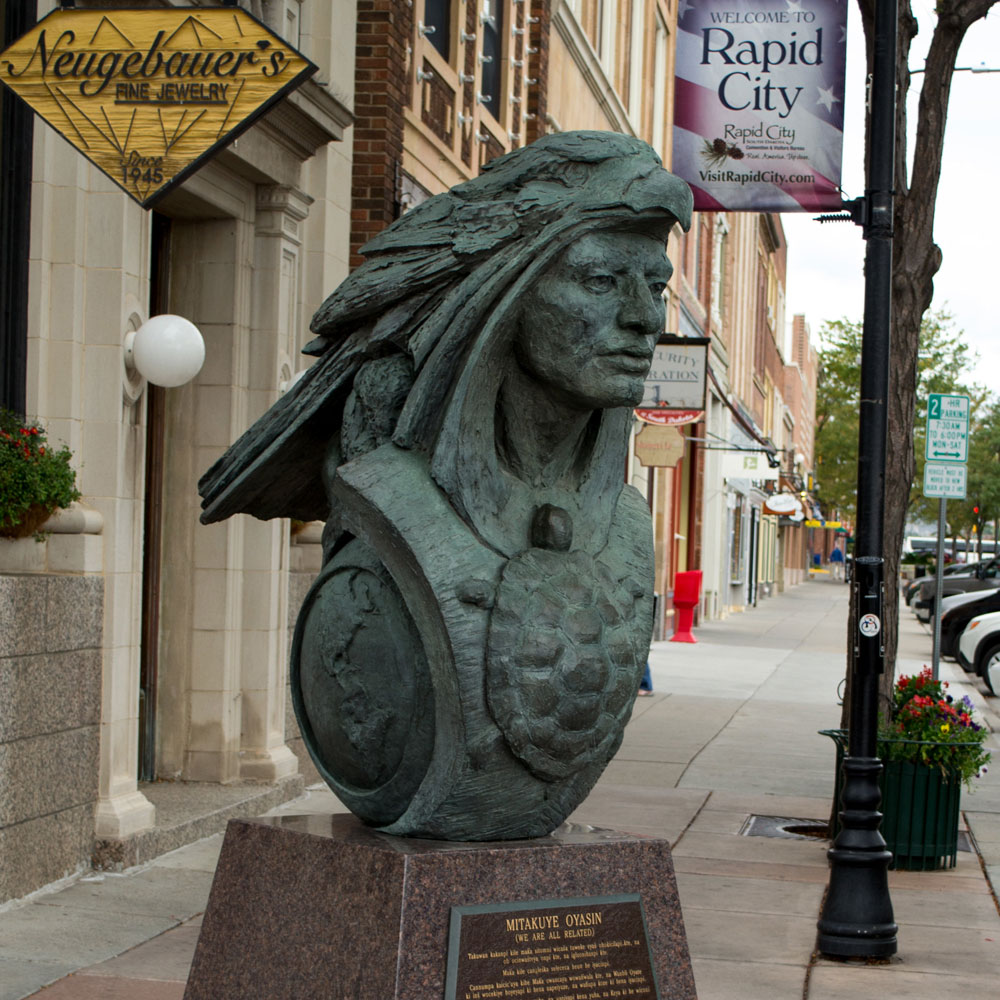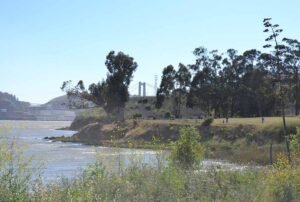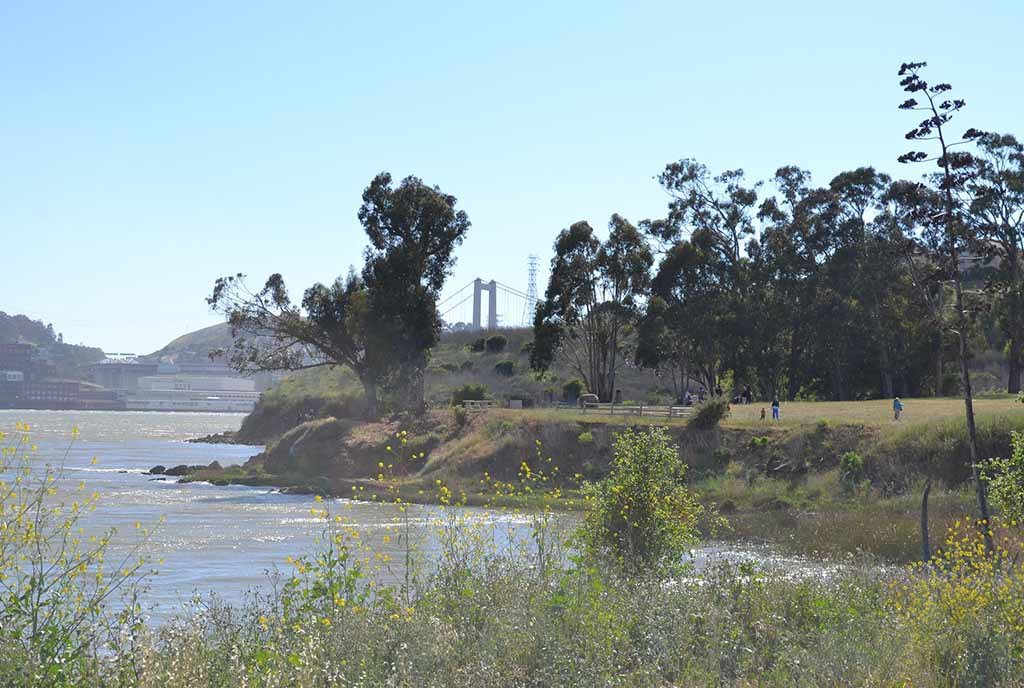
July 3, 2020; Indian Country Today and the Associated Press
As many as 15 people were arrested on Friday for blocking the road to Mount Rushmore in South Dakota, where President Donald Trump decided to hold a Fourth of July celebration and pronounce an incendiary speech of division. The protest sought to highlight a tragic history of dispossession and genocide, literally etched in stone on what American Indian nations consider to be sacred stolen land.
Trump’s speech is a problem in and of itself, but the choice of venue appeared not just tone deaf but intensely provocative.
“Mount Rushmore is a symbol of white supremacy, of structural racism that’s still alive and well in society today,” Nick Tilsen, president of NDN Collective, tells the Associated Press.
When Native Americans look upon what the president called a “monument to the greatest Americans who have ever lived,” they can’t help but remember that George Washington, Thomas Jefferson, Abraham Lincoln, and Theodore Roosevelt all played a part in the continuation of a colonial empire that sought their genocide. It’s not even a matter of what each president did individually (Lincoln, for example, approved the largest execution in US history, 38 Dakota, one day after Christmas), but how “America” itself was structurally built on a colonial racist war against the mere existence of the indigenous way of life and their spirituality.
The Black Hills, or Six Grandfathers (Tȟuŋkášila Šákpe in Lakota), are sacred for many northern tribes and part of their creation story.
“Nothing stands as a greater reminder to the Great Sioux Nation of a country that cannot keep a promise or treaty than the faces carved into our sacred land on what the United States called Mount Rushmore,” Chairman Harold Frazier of the Cheyenne River Sioux Tribe said in a statement, reports ABC News. “We are now being forced to witness the lashing of our land with pomp, arrogance, and fire hoping our sacred lands will survive.”
For the record, the US Supreme Court, not typically known for its support of American Indian rights, ruled in an 8–1 decision that the US had seized the Sioux’s land unlawfully in 1877 and should compensate the Sioux for violating the 1868 Treaty of Fort Laramie. The Sioux have not cashed the check—valued at more than $1.3 billion—however, because, they note pointedly, their land was never for sale.
Sign up for our free newsletters
Subscribe to NPQ's newsletters to have our top stories delivered directly to your inbox.
By signing up, you agree to our privacy policy and terms of use, and to receive messages from NPQ and our partners.
The Fourth of July is meant to be a day to celebrate independence and the birth of a nation. For many indigenous people, however, it’s a day of mourning. One only has to look at the Declaration of Independence to understand that the United States was founded on the precept that the “Indians” did not belong; they were a nuisance to be dealt with as “America” embarked on an age of discovery and expansionism. It reads:
He [the king of Great Britain] has excited domestic insurrections amongst us, and has endeavoured to bring on the inhabitants of our frontiers, the merciless Indian Savages, whose known rule of warfare, is an undistinguished destruction of all ages, sexes and conditions.
Today, the Declaration of Independence, with all of its “self-evident” truths, is widely read across this nation as part of Fourth of July celebrations, even on NPR stations, and studied uncritically by our children in all schools. Its language that “all men are created equal” has long been documented to have excluded the rights of women, slaves, or any group that didn’t fit the equation of a “civilized nation.” But the “merciless Indian Savages” were not just excluded; they were defined as the enemy.
The first documented indigenous massacre involving the country that would become the United States occurred in Connecticut in 1637, where 500 Pequot men, women, and children died at the hands of colonists. Most survivors were sold into slavery.
After independence, Americans pursued a policy known as “Manifest Destiny,” which says that white men were “divinely ordained” not only to occupy and develop the land but to “civilize” its inhabitants. In 1803, Meriwether Lewis and William Clark were sent by Thomas Jefferson to survey the land and indigenous peoples for economic interests of westward expansion. In 1819, the US government signed the Civilization Fund Act, which essentially legalized policies of forced assimilation, removal, and boarding schools. Andrew Jackson made Jefferson’s wishes for westward expansion official with the Indian Removal Act of 1830. In 1882, the US government would ban all forms of American Indian religion, a decree that lasted until 1978 when Congress passed the American Indian Freedom of Religion Act. In 1890, the Wounded Knee Massacre marked an end to more than a century of armed resistance, which happens to be a mere 75 miles away from Mount Rushmore.
Citizenship was not granted to Native Americans until June 2, 1924, and many Native Americans did not gain voting rights until 1957.
So, when Trump, speaking at Mt. Rushmore with a backdrop of the conqueror’s presidents carved into stone on indigenous sacred land, says, “Americans are the people who pursued our Manifest Destiny across the ocean, into the uncharted wilderness, over the tallest mountains,” we should all be asking: What does “American greatness” really mean?—Sofia Jarrin-Thomas













